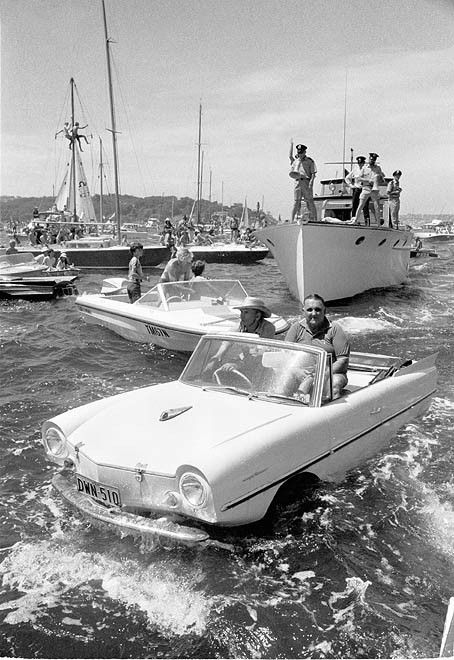 By Lindsay Green
By Lindsay Green
The Holy Island of Lindisfarne, just off the North East coast is beautiful.
It has been the setting for movies, TV shows and is a major religious destination for thousands of tourists heading to Northumberland every summer.
It has also been causing the council a huge headache for some time.
Why? Well, it seems that many people don’t associate the word 'island' with a piece of land surrounded by water, and instead try to drive straight into the North Sea without thinking about the consequences.
HolyIsland is a tidal island with a causeway crossing that is only accessible when the tide is out. These times are clearly displayed but despite this 27 people were rescued from the causeway last summer alone. The consequence? Endangered lives, cars written off, call outs to the RNLI and rescue helicopters - with each rescue costing around £1,200.
Safe crossing times, usually lasting between 5-9 hours twice a day, are published on both sides of the causeway, on the county council website and in local newspapers on a weekly basis, yet the message still isn't getting across – "do not cross outside these times".
Looking for new solutions, we've just completed a trial over Easter that incorporates new technology and some older technology (an even bigger sign!) The two week trail used Variable Messaging Signs conspicuously placed to remind visitors to check the tide tables. QR codes were developed and provided at various locations around the island (including the car parks) so that smartphone users could access the safe crossing times for the day at a scan of a code. An app is also being developed to complement the online information
The two week trial was completed over Easter when visitor numbers would be high to gauge impact and decide if the technology, which some Islanders had concerns about, would be worth installing permanently. The trial appears to have been a success – the variable message signs were noticed by 87 of the 89 people interviewed on the island during the trial with 81 saying they believed them to be an effective warning sign for visitors.
It is more difficult to evaluate the QR codes but in time, as their use as a marketing tool becomes more popular, we hope it will serve as an instant reminder that the tide times need to be adhered to and to give a real time warning that the risk is imminent if you try cutting it fine.
There will always be those people who approach 4 or 5 inches of water on a causeway and weigh up the options and wonder ‘another night on the island or risk it for a biscuit’ before deciding to go for it. There will always be those people who think ‘a little bit of sea water? no problem, my car can handle this’ and just drive straight into the North Sea. We know that. But by using the new technology on offer, the council hopes to significantly reduce the number of people who ever get to that point.
Lindsay Green is a communications officer at Northumberland County Council